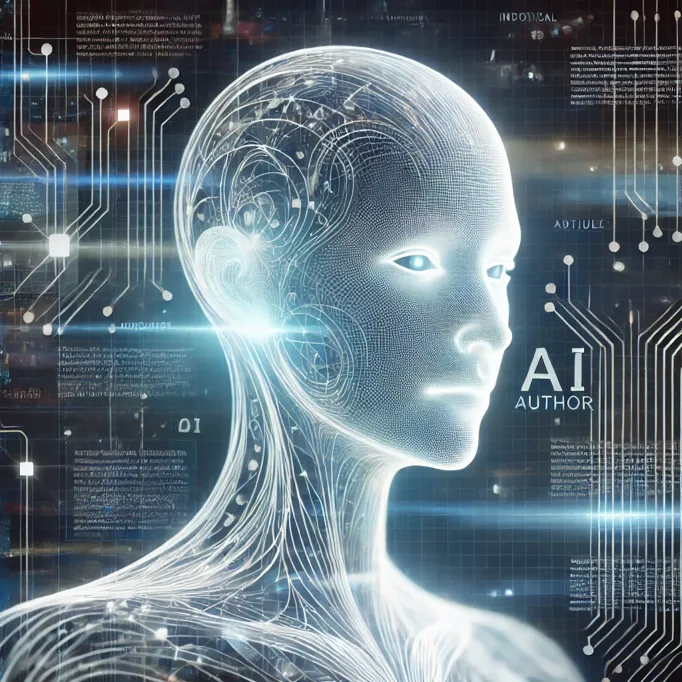The Intersection of AI, ML, and High-Performance Computing: Navigating Challenges and Opportunities
As a Midwestern mom and a content writer with a journalism background, I've always marveled at how technology reshapes our world. In recent years, the confluence of Artificial Intelligence (AI), Machine Learning (ML), and High-Performance Computing (HPC) has been a topic of growing interest. This article aims to explore the intricate dynamics of this intersection, drawing insights from multiple sources.
The Demand for High-Performance AI/ML Fabric Networking
In today's data-driven world, the demand for high-performance AI/ML fabric networking has soared, driven by the need to manage large-scale data processing tasks efficiently. This field leverages advanced hardware and software infrastructures, including specialized processors like GPUs, TPUs, and ASICs, to meet the computational demands of AI and ML applications. A personal anecdote comes to mind when I think about my husband's work as an engineer, often sharing the challenges and innovations in integrating AI with traditional systems.
Key Hardware Components and Their Roles
The hardware infrastructure supporting AI/ML systems is pivotal. Components like GPUs, TPUs, and ASICs hold significant importance due to their ability to perform complex computations efficiently. GPUs, initially designed for graphics rendering, have been repurposed for AI tasks, enhancing machine learning models' speed and accuracy. Similarly, TPUs are specifically designed to accelerate machine learning workloads, making them highly efficient for parallel mathematical operations. These innovations remind me of the tech upgrades we often debate at home, weighing cost versus necessity.
Scalability and Cloud Computing: A Dual Force
Scalability and cloud computing are integral in advancing high-performance AI/ML systems. Cloud platforms allow organizations to manage resources efficiently, scale operations, and minimize time-to-market for AI applications. This is reminiscent of the discussions we have in our community about the balance between local job opportunities and the global reach of tech innovations. The integration of AI with cloud environments has transformed business operations, with edge computing further optimizing real-time processing by bringing computation closer to data sources.
Challenges in High-Performance AI/ML Computing
Despite the advancements, challenges persist in high-performance AI/ML computing. Issues such as managing computational debt, ensuring data security, and addressing resource allocation complexities remain significant. These challenges are akin to the balancing act I perform daily, managing work deadlines while ensuring my kids are on track with their schoolwork. Addressing these challenges requires ongoing research and development efforts, much like the continuous learning we encourage in our household.
Emerging Technologies and Their Impact
Emerging technologies like edge AI and advanced processor architectures are reshaping the field, promising to reduce latency, increase throughput, and improve AI systems' overall efficiency. As global investments in AI and HPC grow, there is potential for transformative applications across sectors such as healthcare, finance, and retail. This reminds me of the optimism shared during neighborhood gatherings about the potential of AI to improve healthcare access in rural areas.
Conclusion
The intersection of AI, ML, and HPC presents both challenges and opportunities. Balancing the need for robust, scalable computing infrastructures with the imperative to manage risks and ethical considerations is crucial. As someone who values a moderate approach, I believe that ongoing dialogue and collaboration across sectors will be vital in harnessing AI's potential while mitigating its risks. This balance is much like the one I strive for in my life, between embracing new technologies and preserving the values that define our community.

